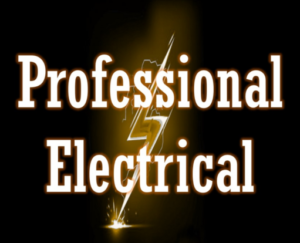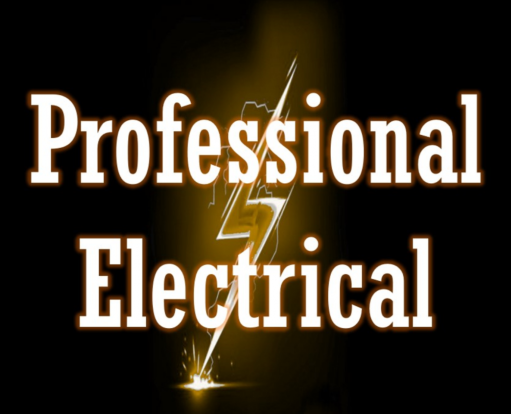24 Hour Emergency Service Available
Aluminum Wiring Concerns: Signs, Risks, and Solutions
Aluminum wiring was commonly used in residential properties during the 1960s and 1970s. However, over time, it has been associated with safety concerns, such as the risk of overheating and fire hazards. If your property has aluminum wiring, it’s essential to consider whether repair or replacement is necessary.
The U.S. Consumer Product Safety Commission (CPSC) staff and other government officials have investigated numerous hazardous incidents and fires throughout the nation involving aluminum branch circuit wiring. A national survey conducted by Franklin. Research Institute for CPSC showed that homes built before 1972, and wired with aluminum, are 55 times more likely to have one or more wire connections at outlets reach “Fire Hazard Conditions” than homes wired with copper. That survey encompassed only the wire connections at outlets. It did not address other types of aluminum wire connections and splices in homes that are also prone to fail. No information was developed for aluminum-wired homes built after 1972. The fire hazard investigated by CPSC occurs at connections with aluminum wire, including receptacles or switches and junction boxes; or the hazards occur with major appliances, including dishwashers or furnaces, for example. There are several deterioration processes in aluminum wire connections that cause increased resistance to the flow of electric current, resulting in damage that is cumulative in effect. That increased resistance causes overheating, sometimes at hazardous levels, when current is flowing in the circuit. A shortage of copper in the mid 1960s caused builders to increase the use of aluminum wire in residential electrical distribution systems from the few large-power circuits (i.e., for electric clothes dryers and ranges), to general purpose 15- and 20-ampere-rated circuits. Homes built before 1965 are unlikely to have aluminum branch circuit wiring. Electrical cables installed between 1965 and the mid 1970s in new homes, in additions, and as part of rewired/new circuits may contain aluminum wiring. On April 28, 1974, two people died in a home in Hampton Bays, N.Y. Fire officials determined that the fire was caused by an overheating aluminum wire connection at a wall receptacle.
U.S. Consumer Product Safety Commission (CPSC) approves of only three methods for a permanent repair.
1) Complete Replacement of Copper Cable
2) COPALUM Method of Repair
3) Acceptable Alternative Repair Method/AlumiConn Connector
1) Complete Replacement with Copper Cable
Replacement of the aluminum branch circuit conductors with copper wire eliminates the primary cause of the potential hazards, the aluminum wire itself. Depending on the architectural style of your home and the number and locations of unfinished spaces (e.g., basements and attics), it may be relatively easy for a qualified electrician to rewire your home. A new copper wire branch circuit system would be installed, and the existing aluminum wire could be abandoned inside the walls. This is the best method available; but for many homes, rewiring with copper is impractical and/or prohibitively expensive.
2) COPALUM Method of Repair
As an alternate to rewiring with copper, CPSC recommends attaching a short section of copper wire to the ends of the aluminum wire at connection points (a technique commonly referred to as “pigtailing”), using a special connector named COPALUM to join the wires. CPSC staff considers pigtailing with a COPALUM connector to be a safe and permanent repair of the existing aluminum wiring. The repair should include every connection or splice involving aluminum wire in the home, including outlets, dimmers, switches, fixtures, appliances, and junction boxes. The repaired system, with short copper wire extensions at every termination throughout the home, permits the use of standard wiring devices, including receptacles and switches. The COPALUM repair method is recommended by CPSC on the basis of CPSCsponsored research, laboratory tests, and demonstration projects. This repair method has been thoroughly proven by more than a quarter of a century of field experience to provide a permanent, low-resistance electrical connection to aluminum wire. The COPALUM repair method eliminates the aluminum connection failure problems and still uses the existing, installed aluminum wire. The COPALUM repair method has been shown to be practical for installation in an occupied and furnished home. Every connection of aluminum-to-aluminum or aluminum-to-copper wire should be repaired in order to obtain the maximum benefit from such repair work. All appliances connected directly to No.12 or No.10 AWG aluminum branch circuit wiring (e.g., dishwashers, cooling equipment, heaters, air conditioners, and light fixtures) must be repaired in addition to wall outlets, switches, junction boxes, and panel boxes. The COPALUM connector is a specially designed system that includes a metal sleeve intended to be installed only with a dedicated power tool and crimping die to make a permanent connection, that is, in effect, a cold weld (the precision dies in the COPALUM tool compress the connector and wires using upwards of 10,000 pounds of force, as required to make the permanent aluminum wire connection).
3) Acceptable Alternative Repair Method
CPSC staff recognizes that copper replacement may be cost prohibitive and that the COPALUM repair may be unavailable in a locality. Based upon an evaluation that was, in part, CPSC supported, 5 consumers are advised that, if the COPALUM repair is not available, the AlumiConn connector may be considered the next best alternative for a permanent repair. This repair method involves pigtailing using a setscrew type connector instead of the COPALUM crimp connector in the repaired connections. The AlumiConn connector has performed well in initial tests, but is too new to have developed a significant long-term safe performance history as the COPALUM repair. The repair should be conducted by a qualified electrician because careful, professional workmanship and thoroughness are required to make the AlumiConn connector repair safe and permanent.

